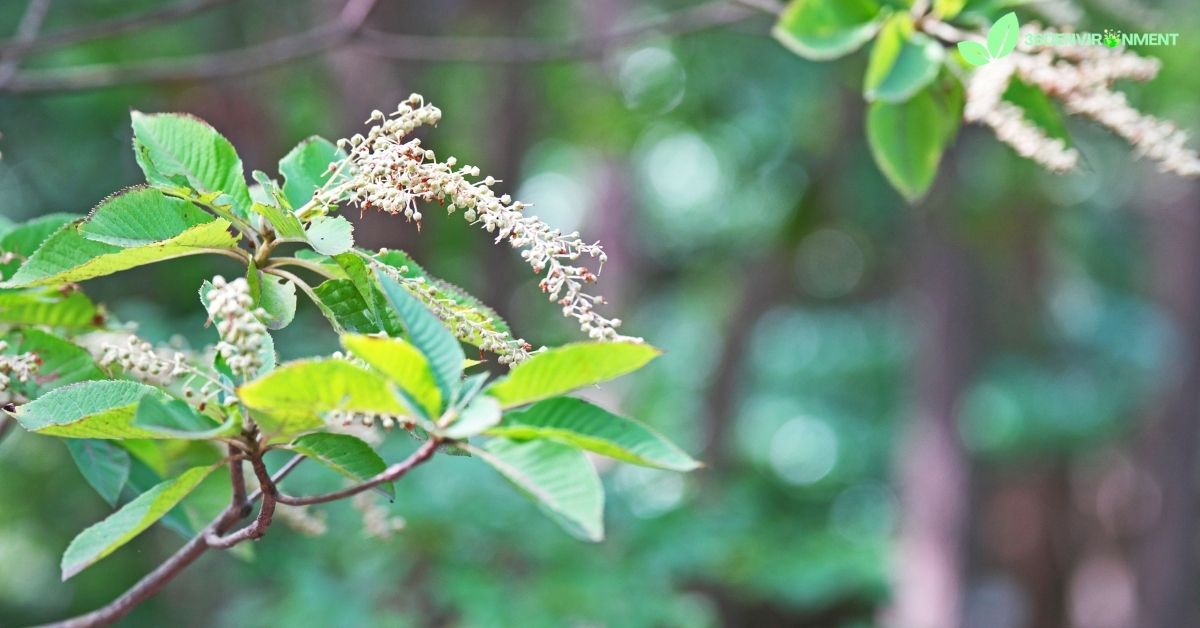Clethra alnifolia, commonly known as sweet pepperbush or summersweet, is a native shrub that offers a wealth of environmental benefits. The rosea variety, known for its pink blooms, adds a burst of color to the landscape while supporting pollinators and providing a natural buffer in wetland areas. Growing Clethra alnifolia rosea from seed is an eco-friendly and rewarding endeavor that allows gardeners to cultivate this beautiful shrub while preserving biodiversity.
In this article, we will explore the process of growing Clethra alnifolia rosea from seed, focusing on the environmental advantages of propagating native plants, the ideal conditions for seed germination, and step-by-step guidance for ensuring successful growth. By adopting sustainable gardening practices and choosing to grow this native shrub from seed, gardeners can contribute to healthier ecosystems and create wildlife-friendly spaces.
1. Why Grow Clethra Alnifolia Rosea from Seed?
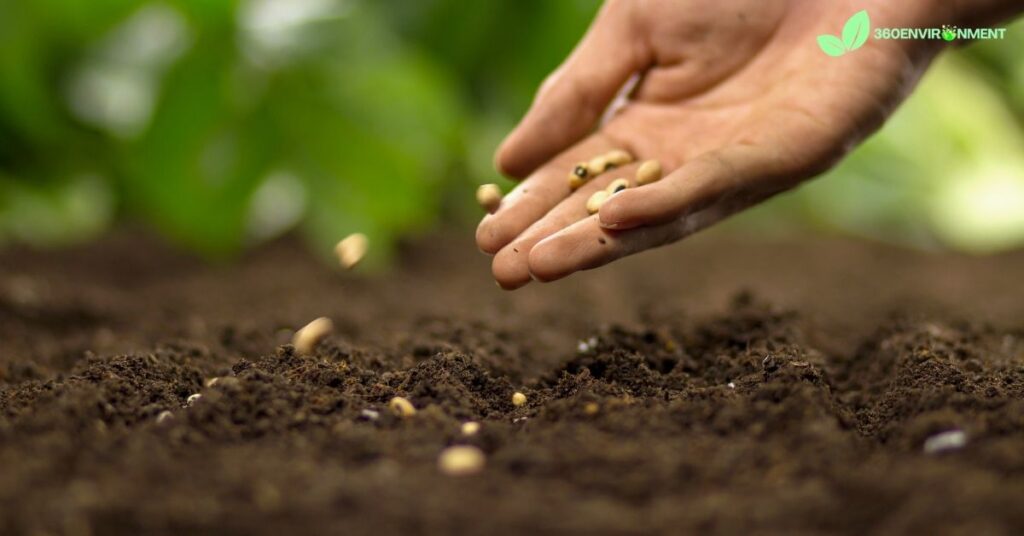
1.1. Environmental Benefits of Growing Native Plants
Clethra alnifolia is native to the eastern United States, and its adaptability to various soil conditions, particularly in wetland areas, makes it an excellent candidate for sustainable gardening. Native plants are well-suited to their local environments, requiring less water, fewer fertilizers, and minimal pest control, which reduces the need for chemical inputs. By growing native shrubs like Clethra alnifolia rosea, gardeners can create a more sustainable landscape that supports local wildlife, including pollinators like bees and butterflies.
Additionally, Clethra alnifolia provides ecological services such as soil stabilization and erosion control, especially in areas prone to flooding or water runoff. Its deep root system helps to hold soil in place, making it a valuable plant for restoring riparian buffers and enhancing the health of wetlands.
1.2. The Importance of Seed Propagation
While Clethra alnifolia rosea can be propagated through cuttings or purchased as established plants, growing it from seed offers several advantages. Seed propagation is a cost-effective way to produce a large number of plants, making it ideal for gardeners who want to cover large areas with native shrubs. Additionally, growing from seed allows for greater genetic diversity, which is important for maintaining resilient plant populations that can adapt to changing environmental conditions.
Starting Clethra alnifolia rosea from seed also fosters a deeper connection to the natural growing process, allowing gardeners to engage more fully in the plant’s life cycle from germination to maturity.
2. Preparing to Grow Clethra Alnifolia Rosea from Seed
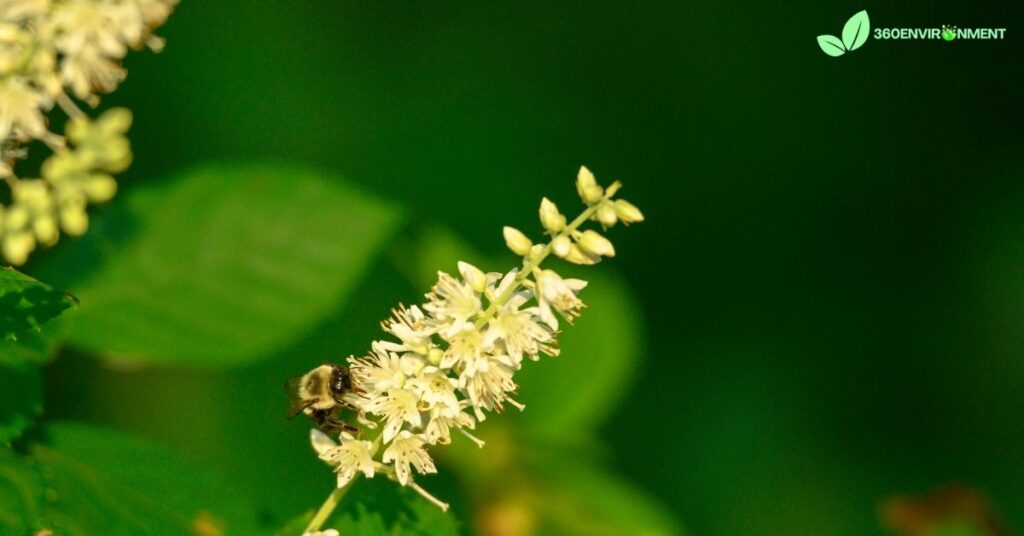
2.1. Seed Collection and Sourcing
The first step in growing Clethra alnifolia rosea from seed is to obtain viable seeds. Seeds can be collected from mature plants in the fall when the seed capsules have ripened and turned brown. The capsules contain small, brown seeds that can be carefully harvested by shaking or gently breaking the seed heads.
If you do not have access to mature plants, Clethra alnifolia rosea seeds can be purchased from native plant nurseries or reputable seed suppliers. When sourcing seeds, it is important to choose those that are regionally appropriate to ensure that the plants will thrive in your local climate and soil conditions.
2.2. Seed Viability and Germination Requirements
Before sowing Clethra alnifolia rosea seeds, it is important to assess their viability. Freshly harvested seeds generally have a higher germination rate, but older seeds can also be viable if stored properly in a cool, dry place.
Clethra alnifolia rosea seeds require cold stratification to break dormancy and stimulate germination. In the wild, seeds would naturally go through a cold period during winter before germinating in the spring. To mimic this process, the seeds need to be exposed to cold temperatures for an extended period, typically 60 to 90 days.
Cold stratification can be done either by sowing the seeds outdoors in the fall or by using artificial methods indoors, which will be discussed in detail later in the article.
3. Germination Process: Steps for Success
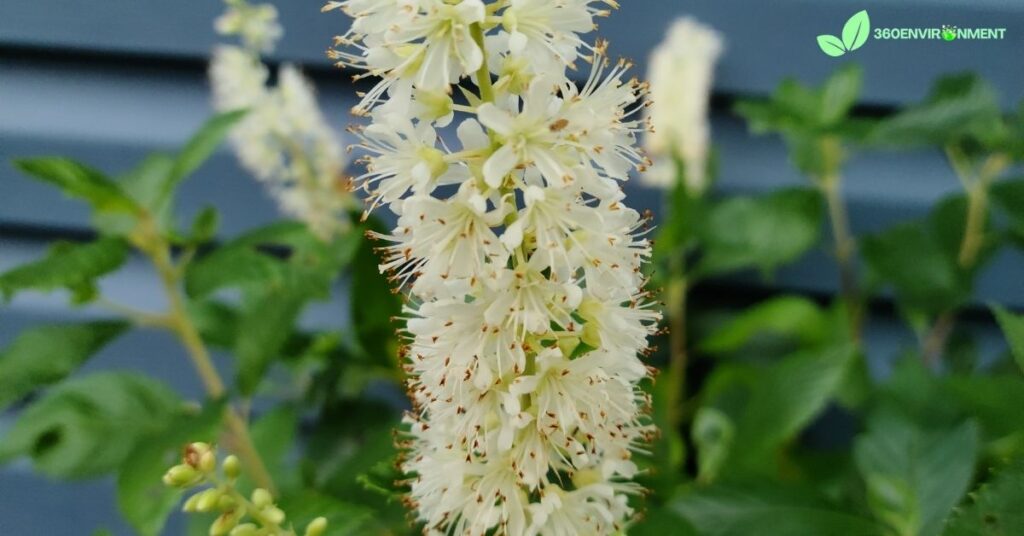
3.1. Cold Stratification Methods
There are two main methods for cold stratifying Clethra alnifolia rosea seeds: natural outdoor stratification and artificial stratification indoors.
3.1.1. Natural Outdoor Stratification
If you live in a region where winters are cold, you can sow the seeds directly into the soil in the fall. This allows nature to provide the necessary cold period. Follow these steps:
- Prepare the soil: Choose a location with well-draining soil, preferably with some organic matter. Clethra alnifolia grows best in slightly acidic soils with a pH of 5.5 to 6.5.
- Sow the seeds: Scatter the seeds on the soil surface and lightly press them in, ensuring they are not buried too deeply. Seeds should be covered by a thin layer of soil or mulch.
- Watering: Water the area lightly to settle the soil, but avoid overwatering. The seeds will remain dormant through the winter and germinate in the spring when temperatures warm up.
3.1.2. Artificial Stratification Indoors
For gardeners in warmer climates or those who prefer more control over the process, artificial cold stratification can be done indoors using the following method:
- Prepare the seeds: Place the Clethra alnifolia rosea seeds in a moist medium, such as damp sand, peat moss, or paper towels.
- Refrigeration: Seal the seeds and moist medium in a plastic bag or container and place them in the refrigerator for 60 to 90 days. The temperature should remain consistently between 35°F and 41°F (1°C to 5°C).
- Check periodically: Every few weeks, check the seeds to ensure they remain moist and free from mold. If mold develops, remove the affected seeds and adjust the moisture levels.
- Planting after stratification: After the cold stratification period, the seeds are ready to be planted.
3.2. Sowing and Germinating Seeds
Once the cold stratification process is complete, the next step is to sow the seeds and encourage germination. Whether you are planting seeds indoors or directly in the garden, the following steps will help ensure successful germination:
- Sowing in seed trays or pots: Use seed trays or small pots filled with a light, well-draining potting mix. Sow the seeds on the surface of the soil and lightly press them down, as Clethra alnifolia rosea seeds need light to germinate.
- Moisture management: Water the soil gently to keep it moist but not soggy. Consistent moisture is key to successful germination.
- Temperature and light: Place the trays or pots in a warm, bright location with indirect sunlight. The ideal temperature for germination is between 65°F and 75°F (18°C to 24°C). Use a humidity dome or plastic wrap to retain moisture if needed.
- Germination timeline: Clethra alnifolia rosea seeds typically germinate within 4 to 8 weeks after being sown. Once the seedlings have developed a few sets of true leaves, they can be transplanted into larger containers or directly into the garden.
4. Transplanting and Growing On
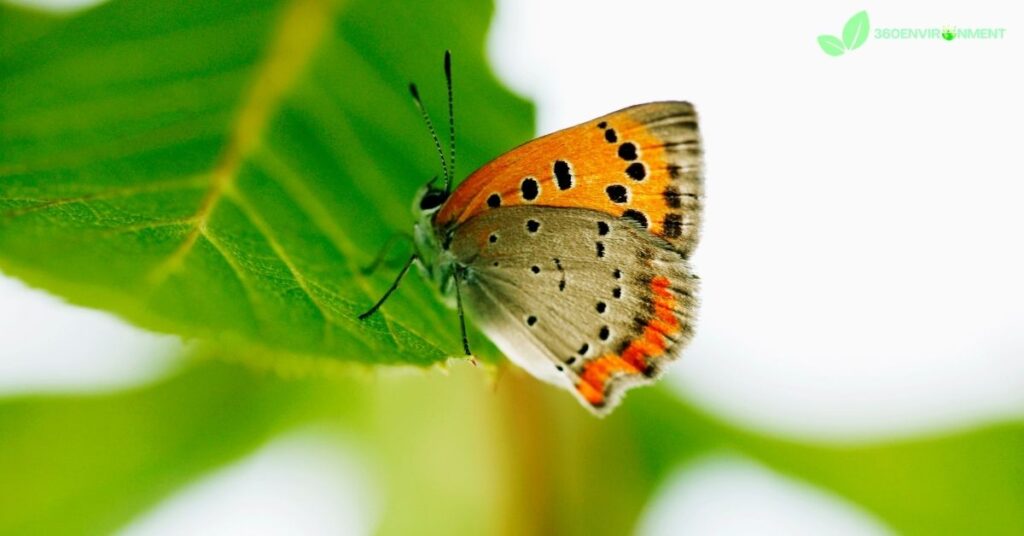
4.1. Transplanting Seedlings
Once the seedlings have grown strong enough to be handled, they can be transplanted to their permanent location. Follow these guidelines to ensure a smooth transition:
- Choose the right location: Clethra alnifolia rosea thrives in partial shade to full sun and prefers moist, well-draining soil. Avoid planting in areas with heavy clay or where water tends to pool.
- Prepare the soil: Amend the soil with organic matter, such as compost or leaf mulch, to improve its texture and nutrient content. This will help the young plants establish themselves more quickly.
- Transplanting: Gently remove the seedlings from their pots, taking care not to disturb the roots. Dig a hole large enough to accommodate the root ball and plant the seedling at the same depth it was growing in the pot.
- Watering: Water the newly transplanted seedlings thoroughly to help them settle into the soil. Keep the soil consistently moist as the plants establish.
4.2. Caring for Young Plants
The first year of growth is critical for young Clethra alnifolia rosea plants. During this period, proper care will ensure they develop strong root systems and become resilient to environmental stresses. Key care practices include:
- Watering: Keep the soil moist but not waterlogged. Clethra alnifolia is naturally adapted to moist environments, so regular watering is essential, especially during dry spells.
- Mulching: Apply a layer of organic mulch around the base of the plant to retain moisture, regulate soil temperature, and suppress weeds.
- Fertilizing: Clethra alnifolia is not a heavy feeder, but applying a slow-release, balanced fertilizer in the spring can encourage healthy growth. Avoid over-fertilizing, as excessive nutrients can lead to weak growth.
5. Long-Term Care and Environmental Impact
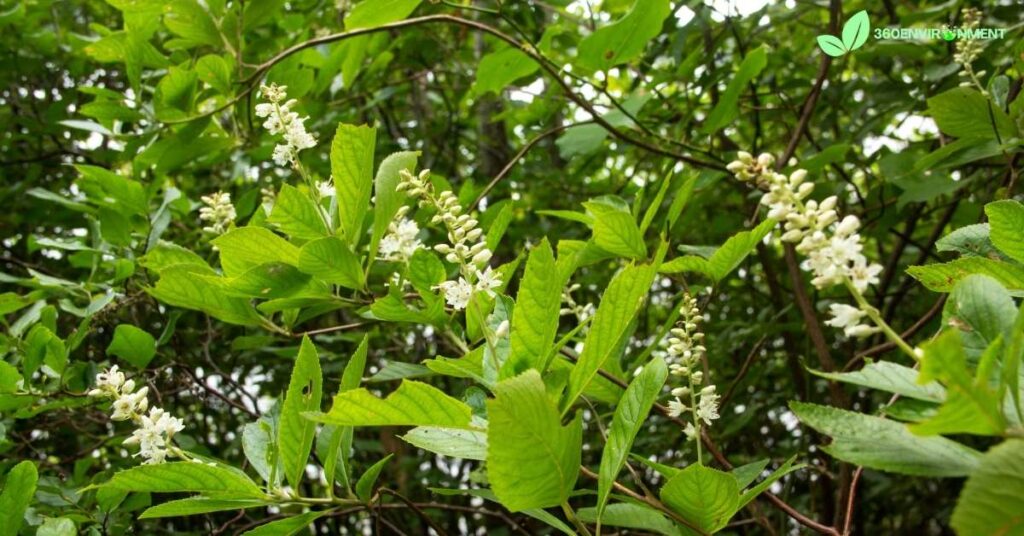
5.1. Long-Term Growth and Maintenance
Clethra alnifolia rosea is a low-maintenance shrub once established, requiring minimal care beyond watering during dry periods. Pruning can be done in late winter or early spring to maintain shape and remove dead or damaged branches.
One of the benefits of Clethra alnifolia is its resistance to pests and diseases. This makes it an excellent choice for gardeners seeking an environmentally friendly, chemical-free landscape. However, periodic monitoring for common issues, such as leaf spots or aphid infestations, is recommended.
5.2. Supporting Wildlife and Biodiversity
One of the most compelling reasons to grow Clethra alnifolia rosea from seed is its ability to support local wildlife and biodiversity. The shrub’s fragrant flowers attract pollinators, including bees, butterflies, and hummingbirds, providing an essential food source during the summer months.
Additionally, the shrub’s dense foliage offers shelter for birds and small mammals, while its seeds provide food for wildlife in the fall and winter. By incorporating Clethra alnifolia rosea into your garden, you are actively contributing to the creation of a habitat that supports a diverse range of species.
6. Conclusion: Growing Clethra Alnifolia Rosea from Seed for a Sustainable Landscape
Growing Clethra alnifolia rosea from seed is not only a rewarding experience for gardeners but also a meaningful way to contribute to environmental sustainability. By cultivating native plants, you are supporting local ecosystems, promoting biodiversity, and reducing the need for chemical inputs. The process of growing this beautiful shrub from seed, though requiring patience and care, offers a deep connection to nature and an opportunity to foster a healthier environment.
By following the steps outlined in this guide, you can successfully grow Clethra alnifolia rosea from seed and create a landscape that benefits both humans and wildlife. Whether you are restoring a wetland area, creating a pollinator garden, or simply enjoying the beauty of native plants, Clethra alnifolia rosea is an excellent addition to any environmentally conscious garden.
FAQs
- How long does it take for Clethra alnifolia rosea to grow from seed?
Germination typically occurs within 4 to 8 weeks, but it can take several years for the shrub to reach full maturity. - Do Clethra alnifolia rosea seeds require stratification?
Yes, Clethra alnifolia rosea seeds require a cold stratification period of 60 to 90 days to break dormancy and promote germination. - What are the ideal growing conditions for Clethra alnifolia rosea?
Clethra alnifolia rosea prefers moist, well-draining soil with partial shade to full sun and slightly acidic conditions. - Can I grow Clethra alnifolia rosea in a container?
Yes, Clethra alnifolia rosea can be grown in containers, but it may require regular watering and root pruning to thrive. - What wildlife does Clethra alnifolia rosea attract?
The shrub attracts a variety of pollinators, including bees, butterflies, and hummingbirds, as well as birds and small mammals. - Is Clethra alnifolia rosea resistant to pests and diseases?
Yes, Clethra alnifolia rosea is generally resistant to pests and diseases, making it a low-maintenance choice for sustainable gardening.
Read More: Which Is More Expensive Hydro or Soil Cannabis? – An Environmental and Economic Analysis

